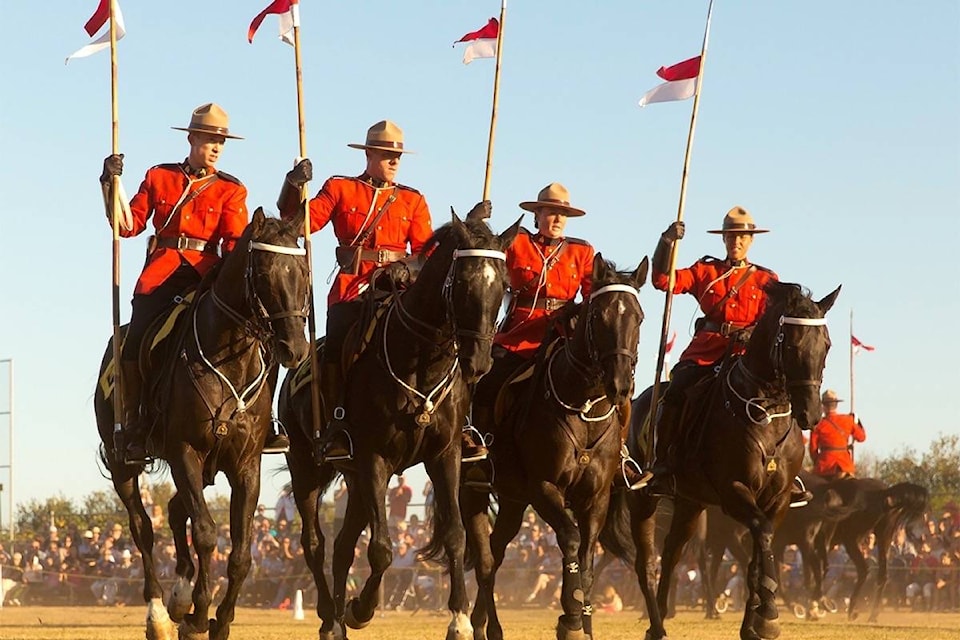There’s an inaccurate description we in Canada will use from time to time: “Canada is a large country with a small population.”
Our country is massive, second in land area only to Russia.
But our population is not small.
Last week, Statistics Canada information showed the country’s population has surpassed 38 million. Canadians account for roughly one in 200 people worldwide.
To understand the size of Canada’s population, imagine if each person living in this country lined up, spaced two metres apart. The line would be 76,000 kilometres in length.
That’s nearly 10 times the length of the Trans-Canada Highway. Or it would be almost enough to circle the earth at the equator twice.
Counting 38 million people, at the rate of one per second, 24 hours a day, would take more than 14 months.
Of the world’s 195 countries, only 37 are more populous than Canada.
READ ALSO: Canada’s population tops 38 million, even as COVID-19 pandemic slows growth
READ ALSO: QUIZ: Put your knowledge of Canada to the test
Why do we think of ourselves as a large country with a small population?
Part of the reason could be the massive numbers in some countries.
China and India are ranked first and second by population, with 1.4 billion and 1.37 billion people respectively.
These two countries together account for more than one-third of the world’s population.
And Canada’s closest neighbour, the United States, has a population of more than 330 million, nearly nine times as large as our population.
The metro area of Tokyo has a population of around the same number as Canada. And California, with 39.5 million people, has a population a little larger than that of our nation.
In terms of population density, Canada is a country with plenty of space. We have a population density of 3.92 people per square kilometre. As a result, transportation and communications are both important here.
But our country is not the emptiest in the world. There are 10 countries, including Mongolia and Australia, with lower population densities than Canada.
There is more to our country than our vast land area and our population.
Canada ranks 10th worldwide by gross domestic product, the market value of all final goods and services in a given year.
We rank third in proven oil reserves, behind Venezuela and Saudi Arabia.
We are also third in uranium resources, with eight per cent of the world’s uranium in this country.
Canada has massive freshwater resources, and some of our lakes are huge.
For example, Great Bear Lake in the Northwest Territories is bigger than the entire nation of Belgium and Lake Winnipeg is larger than the nation of Fiji.
We are among the world’s leading wheat producers, with roughly 30 million metric tonnes a year. And we are the world’s largest producer of lentils.
Canada ranks 12th in motor vehicle production and second in production of blueberries.
And there are other facts and statistics one can find to show Canada is a leader on the world’s stage.
However, in the end, the geographic area, population or other facts about Canada are far less important than the quality of life we have.
This is a much more important topic, but it cannot be measured by numbers alone.
Instead, quality of life is based on the happiness of our population.
I’m not sure if there is a way to measure happiness, but I know it is not determined by the size of our country, the number of people living here or the availability of lentils, blueberries or crude oil.
John Arendt is the editor of the Summerland Review.
To report a typo, email:
news@summerlandreview.com.
news@summerlandreview.com
Like us on Facebook and follow us on Twitter.
